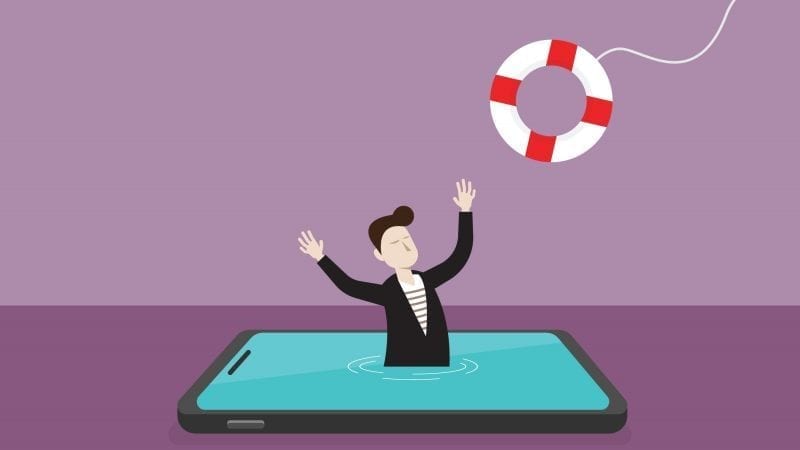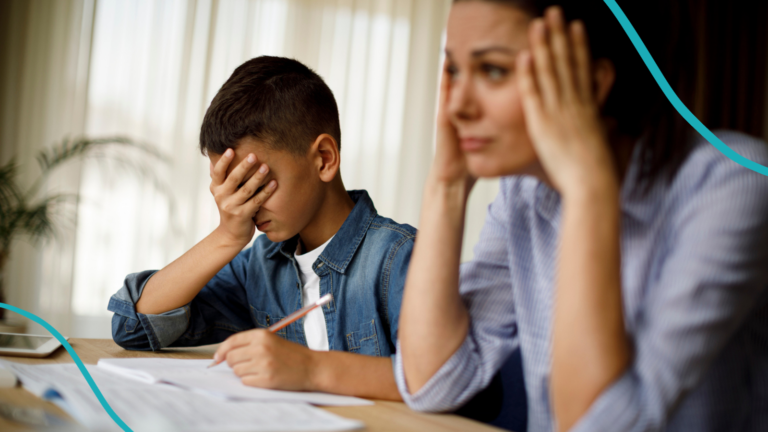Whether your school district has a dedicated communications professional or not, every social media blowup in your school will require your active management. Students might make fake accounts for teachers, administrators, or the school. Parents might complain, either on their own pages or underneath posts on your school’s social media. Hoaxes, threats, and accusations can also be passed around via social media. There’s no single way to handle school social media disasters, but taking these steps can help:
1. Create and share community standards for social media use.
The Racine Unified School District in Wisconsin learned the hard way that they needed publicly posted standards. A simple post about the weather turned into thousands of comments berating the school, staff, and administrators, said Emily Neubauer, marketing and communication specialist at the district. Their policy is now listed on their Facebook page and presents the standards they use for hiding or deleting comments.
2. Report social media misuse.
Social media is an ever-changing landscape, and programs are almost constantly changing their process for reporting posts and accounts. Still, reporting is the first step to take in nearly every situation. Take the time to learn the interface of each social media program your school and district are using so that you’ll be comfortable navigating the reporting process when the time comes.
3. Use available listening tools.
In order to know when social media problems are occurring, you have to be listening. That means being attentive to chatter in the hallway from students and in the front lobby with parents. It also means social monitoring for hashtags and mentions of your school.
Andrea Gribble, founder of #SocialSchool4Edu, said a school she’s currently working with found out about an imposter social media account because the student who created it used the school’s (very popular) hashtag to help it get traction. Paying attention and following the conversations happening around your school are the best ways to catch these small disasters early.
4. Go to the social-media-abuser source.
Neubauer said often times people who make posts “calling out” the school are just looking for attention. If you reach out privately and offer to meet with them, they may delete their own post. When it comes to imposter accounts, Gribble suggests checking out who follows the account, especially if you can identify first followers. That should help you suss out which grade, classroom, and even which friend group created the account.
5. Don’t ignore social media negativity.
Complaints or posts from disgruntled parents, students, or employees will be seen by more people than you can fathom. It’s critical to respond to everything, says Neubauer. “Other people are watching, so responding to a negative comment with ‘I’m sorry, we’ll message you.’ makes a difference,” she said.
6. Pay attention to how and where you communicate.
This might seem obvious, but sometimes we forget that silence can say just as much (or more) to our community than anything. In the event of a social media disaster, Gribble suggests being thoughtful and deliberate about the information you share.
“Social media is not for every piece of information,” she said. “Think hard in regard to what you post in the first place. Direct communication to your community should always be used first, before you put things out on social media. [By posting on social channels] you’re basically inviting the entire world to comment.”
7. Don’t be afraid to go dark.
In the event of a serious disaster, consider halting posts for a few days or even shuttering your school’s social media platforms temporarily. Social media works both ways, and you cannot eliminate negative comments or keep them from happening. In order to control your message, you may want to go dark on your pages for a while so that all communication is coming from a single source.
It’s nearly impossible to predict what social media problems you might encounter. It’s also tough to be proactive instead of reactive, but these steps will help any principal handle the situation well.
How do you manage school social media disasters? Share with us in our Principal Life Facebook group.
Plus, Let’s Talk About Sexual Harassment in Our Middle Schools


